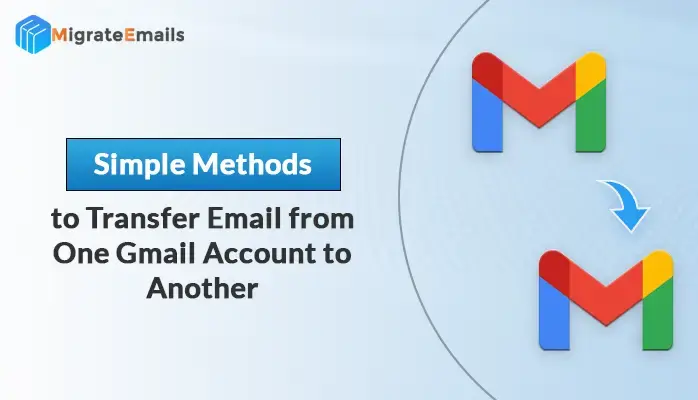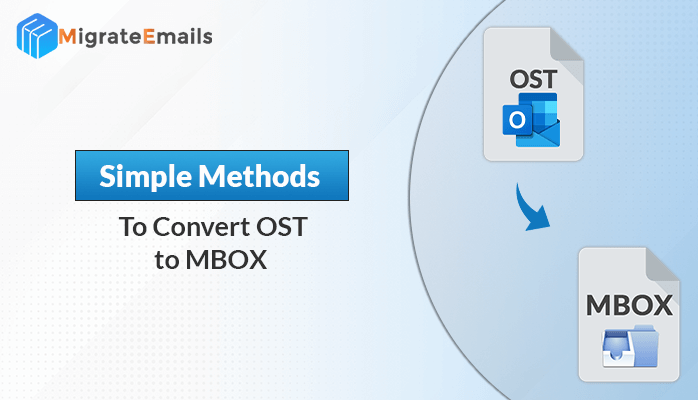-
Written By Kiran Sharma
-
Updated on August 13th, 2024
Learn the Best Methods to Import MSG Files to Outlook 365
Overview: As OST and PST are Outlook data files, similarly MSG are Outlook Message files. When users save one email message from Outlook, a file with a .msg extension is formed. It stores all the information of email messages including sender, recipient, date, subject, and message body. However, the trouble arises when you have to import MSG files into Outlook 365. Therefore, read the blog till the end to find out the various free and paid solutions to do the same. Moreover, you can opt for a dedicated MSG Converter, as suggested later.
MS Outlook serves as an email client enabling users to send and receive emails. It generally backup and stores all email messages, contacts, tasks, etc. in PST file format. Whereas, when it comes to saving individual mailbox items like emails, it is saved in MSG file format. But, when you have to import MSG to Office 365 account, you need to convert MSG to PST, the default Outlook file format.
Office 365 provides a wide range of advanced functionalities and robust security that make users import .msg files into the platform. Let us explore the various benefits of this cloud-based solution that attract users.
Why Do Users Import MSG Files into Outlook 365?
If you open MSG files in Office 365 account, it offers numerous advantages. Such as:
- Users can easily transfer their on-premises emails to a cloud-based platform.
- Transfer MSG to Office 365 to free up more on-premises storage space.
- Access to desired MSG data from anywhere, with a network connection.
- Provides better security to MSG file data against data loss and damage.
- Administrators can get all essential information via the Office 365 log.
- In addition, users can also import MSG files to other email clients easily.
Now, let us know how to import Outlook MSG emails to Office 365. First, begin with the manual solutions.
Free Solutions to Import MSG Files into Outlook 365
In this section, we will study two manual processes to transfer MSG files to Office 365 cloud. You can either drag and drop MSG files to MS Outlook or copy-paste. Perform the one that suits your preferences.
#Method 1: Drag and Drop to Open MSG Files in Office 365 Account
Go for the below-mentioned steps, which are easy and quick to perform:
- Run the Microsoft Outlook email application on your PC.
- Next, right-click on your configured email account.
- From the provided choices, click on New Folder.
- Assign a name to the new folder, such as MSG Emails.
- Further, open the newly created MSG Emails folder.
- Locate where your MSG files are saved in the system.
- Select MSG files. Drag and drop them into the new folder created.
- After that, you can see all MSG file emails in Outlook.
If you are not satisfied with this procedure, you can opt for the copy-and-paste process.
#Method 2: Copy-Paste Method to Import MSG Files into Outlook 365
If you are still stuck at ‘How do I open a .msg file in Office 365?’, execute this procedure:
- Firstly, open the MS Outlook application on your desktop.
- Then, make a new folder within Outlook and assign a desired name.
- The newly created MSG file folder will be empty stating, “We didn’t find anything to show here.”
- Next, click on the vacant area.
- Find the location where all your MSG files are stored.
- Choose the necessary MSG files and copy them (use the shortcut Ctrl + C).
- Next, return to Outlook and paste them into the recently created folder. You can use the shortcut CTRL + V.
Thus, you can execute these two free methods to import MSG files into Outlook 365 manually. Besides being free of cost, it’s easy to be performed by all kinds of users and supports bulk import. However, it might be problematic if you have to migrate large MSG files, thus consuming lots of time. Also, if your system accidentally turns off, or any unknown error interrupts the process, you can lose some of your data.
Therefore, the best choice is to use a secure and trustworthy professional tool, dedicated to migrating MSG Files. Suggested below is such a tool, which is highly recommended by tech experts and professionals. Read further for more details.
Quickest Way to Import MSG Files into Outlook 365
MigrateEmails MSG File Converter is the best solution to your query- How do I import a message into Outlook 365? It is a risk-free tool to migrate any number of MSG files in one go. Additionally, you don’t have to worry about MSG file size, as it migrates large MSG files as well. Using this tool, you can convert all MSG data, including emails, attachments, links, and more. Moreover, it enables users to convert MSG to MBOX, PDF, EML, OST, CSV, and more. Furthermore, you do not need to convert MSG files to PST, rather you import MSG to Office 365 account directly.
Other impressive features of the tool are:
- Allows you to preview the contents of all the selected MSG files.
- Migrates MSG files to other email platforms such as Gmail, Yahoo Mail, etc.
- Has a built-in duplicate email removal filter, eliminating identical emails.
- Supports selective migration of emails according to a set date range.
- You can also exclude the migration of attachment files to Office 365.
Steps to Import Outlook MSG Emails to Office 365
- Run the MSG file Converter and click on Next to proceed.
- Now, click on Select Files/Select Folder to add MSG files.
- Choose MSG files from your system and tap Open > Next.
- Preview the MSG file(s) emails, and other data and tap Next.
- From the saving options, choose Office 365 as the destination.
- Further, if needed, apply filters available to get precise results.
- Lastly, click on Convert to start the migration.
Now, you can open MSG files in Office 365 account.
Read More: How to Convert MSG to EML Files on Mac and Windows?
Conclusion
All three mentioned procedures make it easy to import MSG files to Outlook 365. But, professional tool stands out of all for its additional features and flexibility. Also, it does not need Outlook installation on your system and works compatibly on all Windows OS.
About The Author:
I am Kiran Sharma, a Technical Expert in Content writing. I have technical expertise in the field of Email Backup, Data Recovery, and Email Migration, and resolve technical queries related to Cloud Backup or Email Migration for individuals and businesses.
Related Post


